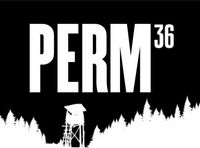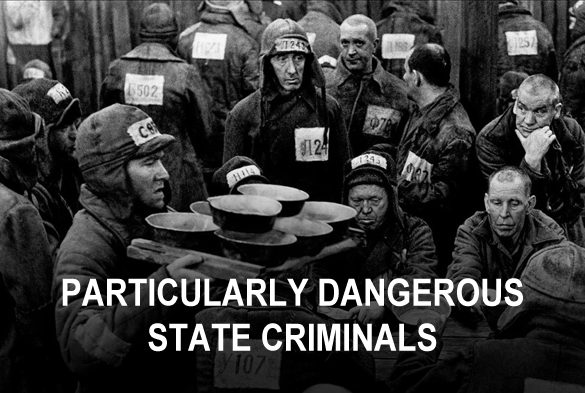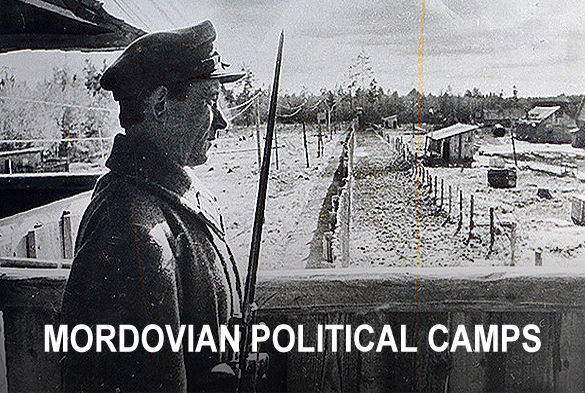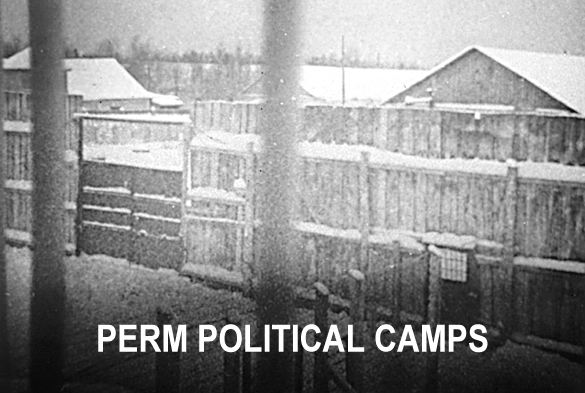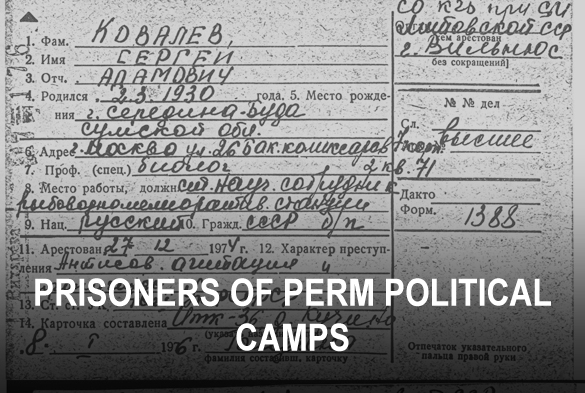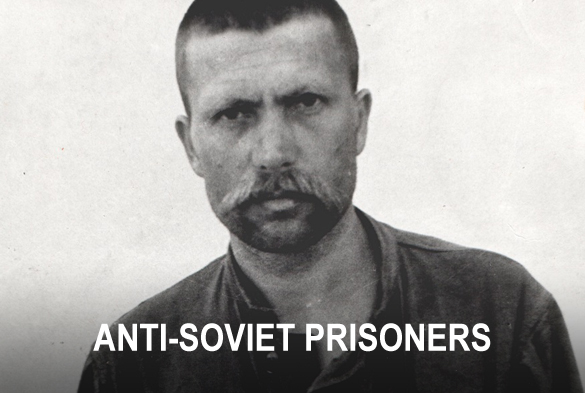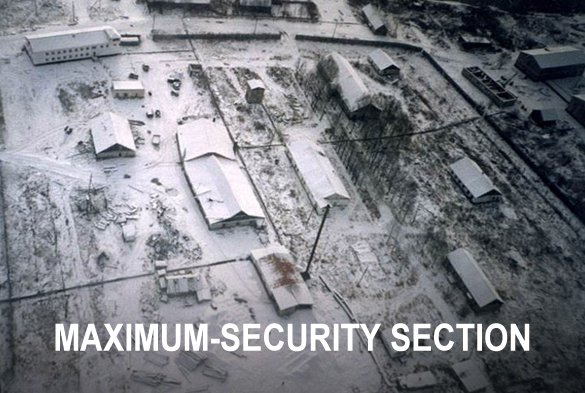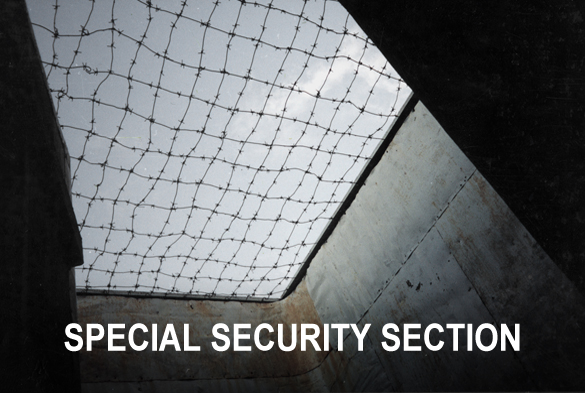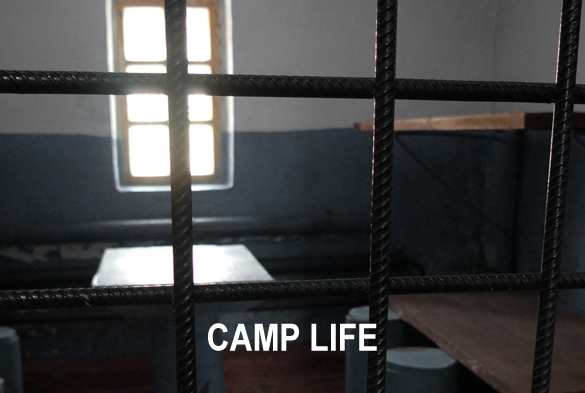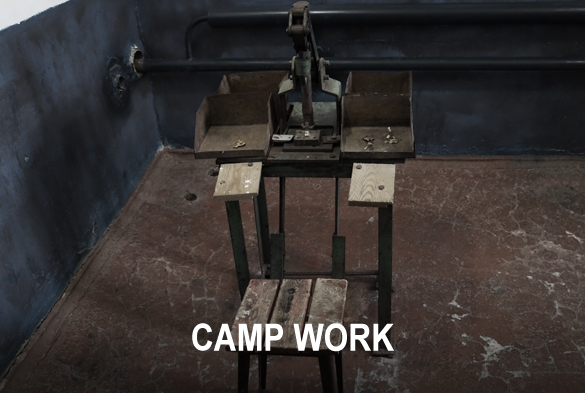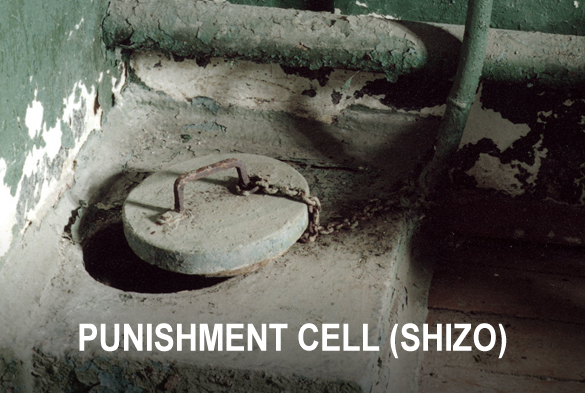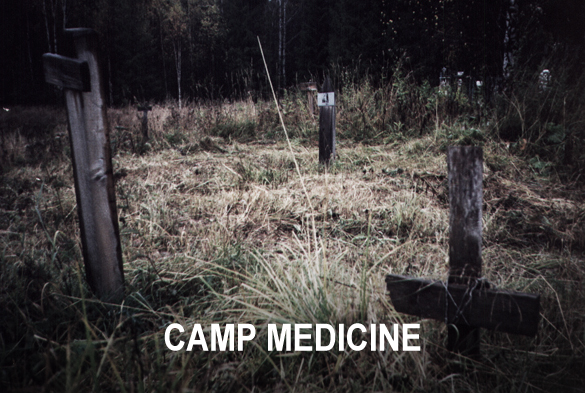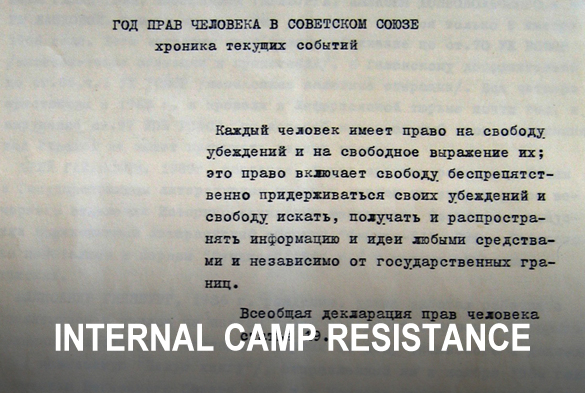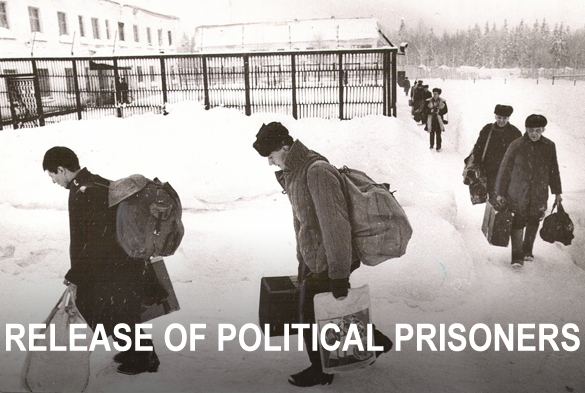CAMP FOR POLITICAL PRISONERS. 1972 — 1988
According to USSR, there were no political prisoners in the country while actually there were several categories thereof, first of all, ones convicted of anti-Soviet agitation and propaganda who were classified among prisoners of conscience by Amnesty International.
Since early 1960s, all ‘anti-Soviet propagandists’ and ‘traitors’ in the country who were formally classified among ‘supermax’ prisoners of state were kept in dedicated camps, in Mordovian ASSR. Since mid-1960s, convicted dissidents were also sent there but still proceeded with the things they were doing until arrested: recording human rights abuse facts. The information was sent to the outside, spread via underground publications, went abroad, and caused considerable problems to the country’s authorities. The authorities never managed to stop it escaping from the Mordovian political camps, despite all pains and efforts.
It was then decided to establish new, maximum-security camps, and the choice fell, first of all, on the maximum-security correctional facility for convicted enforcement officials, CF УТ-389/6.
On July 13th, 1972, two and a half hundred prisoners were brought there from Mordovia. The camp was recoded from УТ-389/6 to ВС-389/36, while among dissidents, the facility came to be known as Perm-36.
In 1987, when the restructuring began, most prisoners of Perm and Mordovian political camps were granted pardon. Those who were not were concentrated in Perm-35 camp in December of that year. All other political camps, both in Perm and in Mordovia, were either converted to ordinary correctional facilities or totally closed down like Perm-36.
